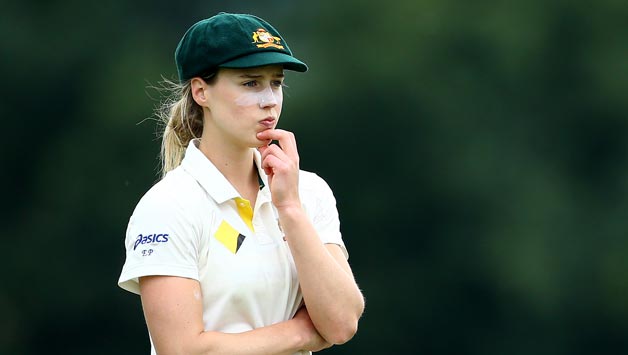by Holly Hales
In 2016, six AFL players were million dollar men. The game employed more than almost 1000 players and grossed almost half a billion dollars last year alone. It’s an empire for sure, but an exclusive one at that.
Until early 2017 a female equivalent had never existed. Despite often boundless talent and potential, no Australian woman could dare to walk upon the well-worn path which had been paved by the AFL for over a century. Recent systemic changes and the introduction of the Women’s league is quite literally game changing, but for most of Australia’s female athletes, a career in professional sport may as well be a million miles away.
Yesterday almost a year of bitter negotiations dividing Australian cricket finally ended. The unpreceded ten-month squabble between Cricket Australia and the Australian Women’s Cricket Association marked a historic turning point in the women’s game.
The final result saw female player payments increase from $7.5 million to $55.2 million, despite being a fraction of the take home pay of their male counterparts. It is a start. It also begs the question, why only now has economic equality in sport even been on the agenda?
2017: The Year of the Women
February 5th 2017 marked a new chapter in Australian sporting history. Princess Park overflowed as two iconic Melbourne teams faced off for the eternal bragging of the Women’s Australian Football League’s inaugural match winner. Crowds watched as AFL CEO Gillon McLachlan turned would be fans away after more than 20,000 packed into the iconic stadium. This was their time, and Melbourne was captivated.
The concept of a professional women’s AFL league is not a new one. Over the last decade the game has exploded in popularity with junior, school and club level teams popping up all over the state and the country. The move to professional was in many ways inevitable.
Sydney Women’s AFL (SWAFL) held its first season in 2000 following the lead of Victoria, WA, SA and the ACT. Each year the states came together at the national championships which was an important opportunity to push an agenda for change. Almost two decades later their efforts have come full circle, but at what price remains contentious.
Moana Hope is the darling of the professional league. One of 14 children, Hope grew up in a two-bedroom house in Glenroy, with the kids in one room and her mum and dad in the other. On the cusp of her sporting success, she still acted as the primary carer for her younger sister Lavinia, who suffers from the rare Moebius syndrome, while also running a traffic management company in any spare waking moment.
Despite captivating the attention of the sporting world, as well as that of lucrative sponsorship endorsements, Hope’s efforts on the field earned her little more than she would if she were a male player in the starting line-up of any low grade VFL side.
What is the pay increase model?
The pay deal reached between Cricket Australia (CA) and the Australian Cricketers’ Association (ACA), will apply to all male and female players for the first time in Australian cricket. The deal is being lauded as the biggest pay rise in the history of women’s sport in the country. Female player payments will increase from $7.5 million to $55.2 million.
The agreement comes after a history of unparalleled success from Australia’s women’s side. They’ve won more World Cups than any other team and produced some of the most undefeatable female athletes on the global stage, in any sport. In a modernised revenue-sharing formula, Cricket Australia forecasts an eventual player payments pool of $459 million, which covers all male and female players. Furthermore, a performance pool will continue for male players while being extended to include, for the first time, the Australian women’s team.
“To have retained the revenue-sharing model and increased the level we have and ensure that men, women, domestic and international players receive a fair share is great news for the players and for the game,” ACA Chief Executive said in a statement yesterday.
[infogram id=”mou_stats-1796767″ prefix=”L8K” format=”interactive” title=”MOU STATS”]
What now? 2018 and beyond:
Despite the continued explosion and success of Australian women in traditionally male dominated sports is this all economically viable? While garnering weekly TV audiences in the tens of thousands, the eight week WAFL season did not charge spectators admittance for attendance to games and is yet to see even a fraction of the overall success its male counterpart has developed over the last century.
Despite this it’s early days. Women have never even been given the chance before. With the right structural support the future is now and the future is female.







